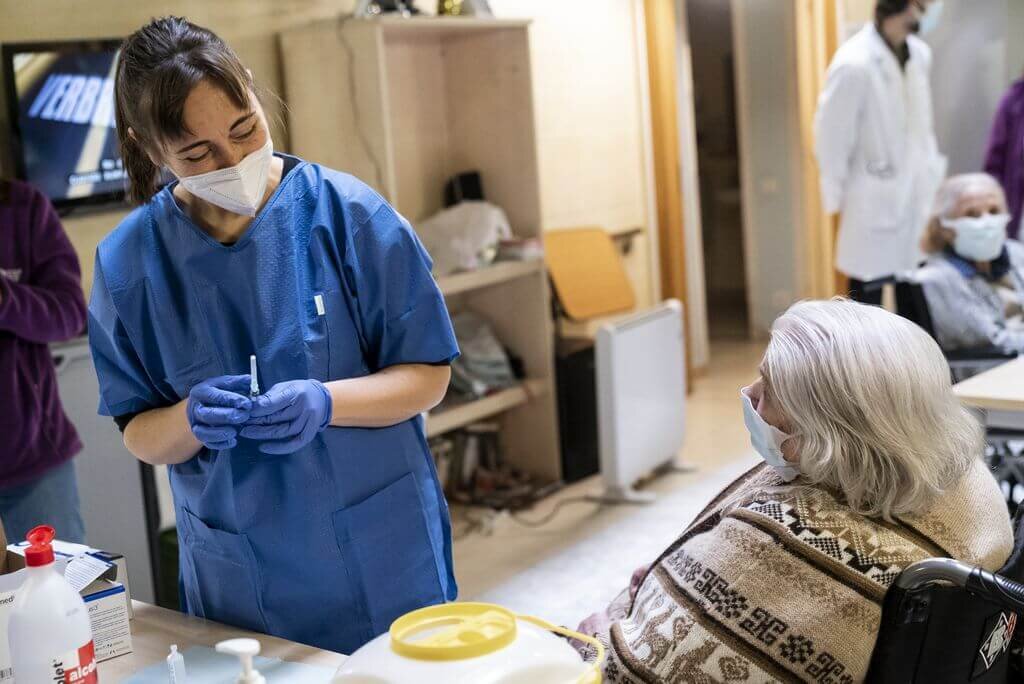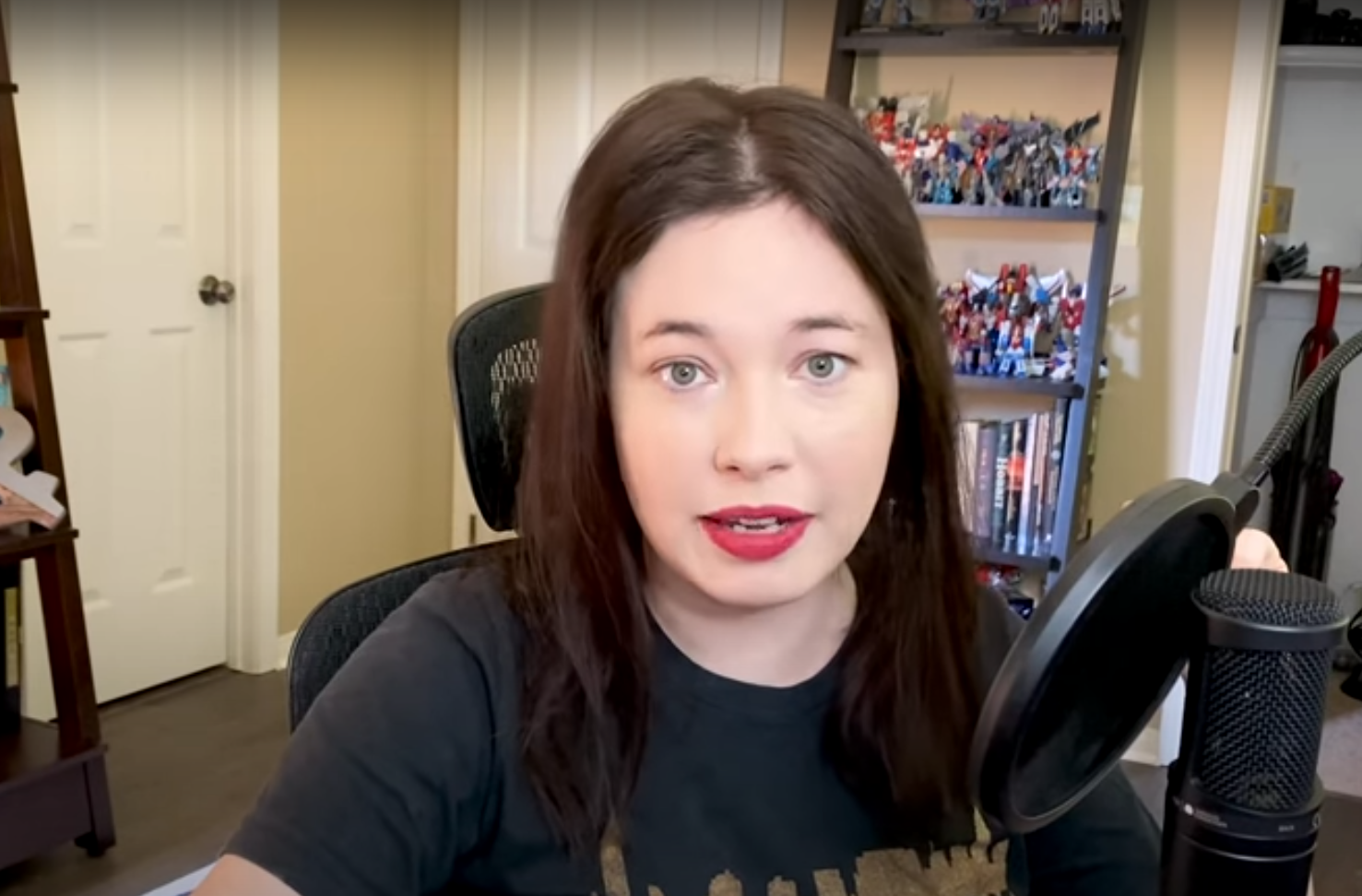Questioning helps students to be more critical, analytical, solve problems, and identify opportunities.
Photo: Bigstock
Pablo Boullosa, a writer, educator, and journalist, told the Observatory that curiosity “pushes you to know more things, to see beyond, further, to not conform,” and that curiosity can be a catalyst for discovery.
Curiosity has a massive impact on education; it can improve engagement, memory, and make students drive their learning. One of the best ways students express interest is when they start asking questions because it fuels their creative process in research and ideation.
Coming up with the right question involves thinking through the problem, researching different angles, and curiosity to know more about the heart of the matter. Still, the skill of asking questions is far too rarely deliberately taught in school.
Still, data on student questioning, gathered by the National Center for Education Statistics, show that curiosity has been declining throughout the years. Moreover, a separate study from Gallup about students engagement showed that it is declining at the same rate as questioning.
How can teachers empower students so they can start asking questions? The Observatory has some tips:
-
Do not judge, create a safe space that allows mistakes.
-
Give them time; let the student think. Some students struggle trying to ask questions.
-
Give away the answer and make them ask the question.
-
Let them ask as many questions as they can.
-
Have a “wonder week” or 3 days in the school year where kids develop a “curious project” and research something that interests them so they can ask a question and find the answers.
-
Give examples, share your questions, even the ‘bad’ ones, and make the student answer why it was a ‘wrong’ question.
-
Give index cards at the end of a lesson, allow the student to ask anonymously and answer the question in class.
-
Reinforce, tell the student that it’s a good question or smart thinking.
-
Assign small groups or pairs so they can discuss questions; students feel more comfortable asking between their peers.
-
Teach them the importance of being curious, asking questions, and looking for answers. Many of today’s innovation came from being curious.
When curiosity becomes a question, it transforms the student into the protagonist. Moreover, learning to ask and be critical can be even more crucial than finding an answer because it can motivate students to know more and research further.
This article from Observatory of the Institute for the Future of Education may be shared under the terms of the license CC BY-NC-SA 4.0 
)
)











)
Sofía García-Bullé
Sofía García-Bullé
Sofía García-Bullé